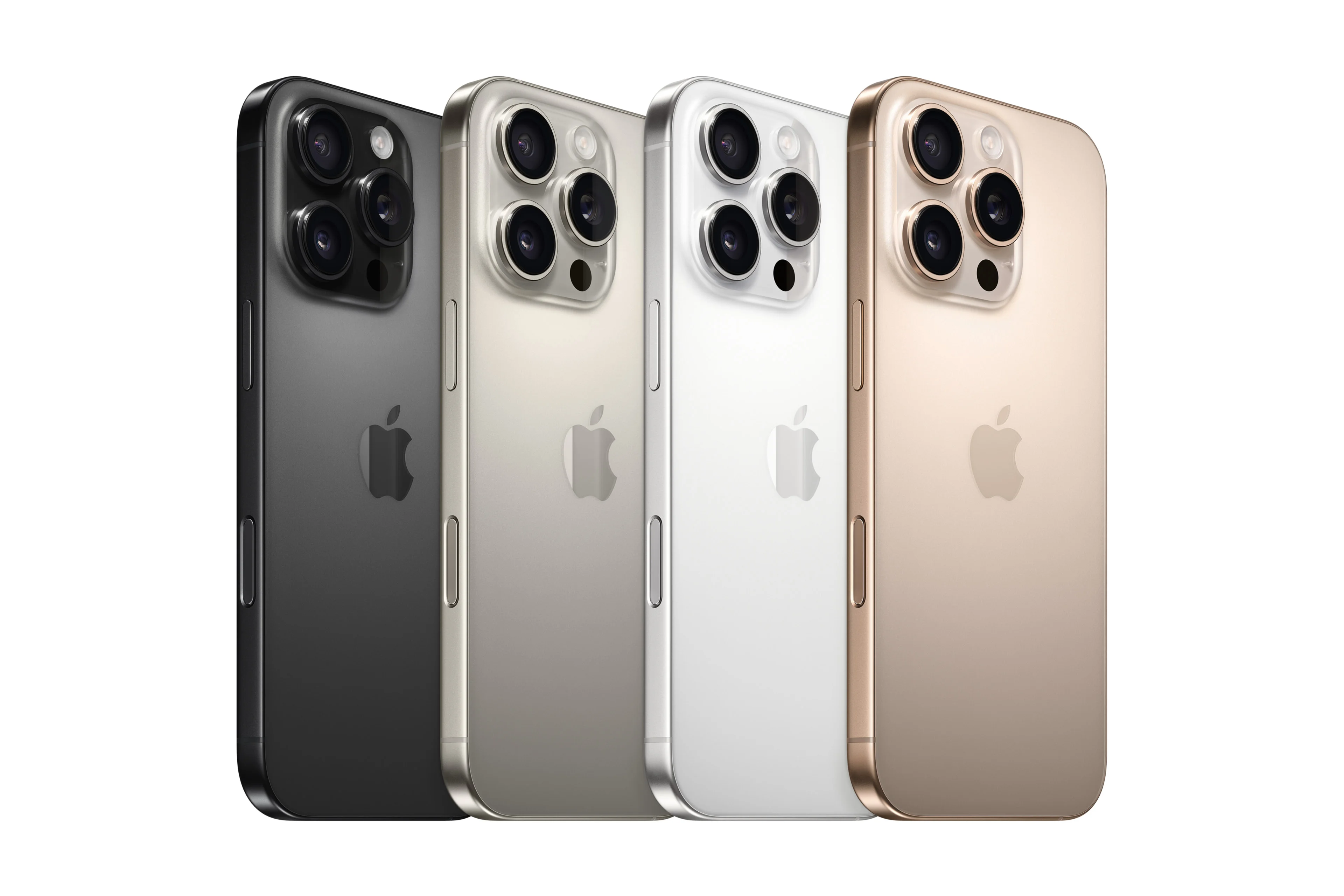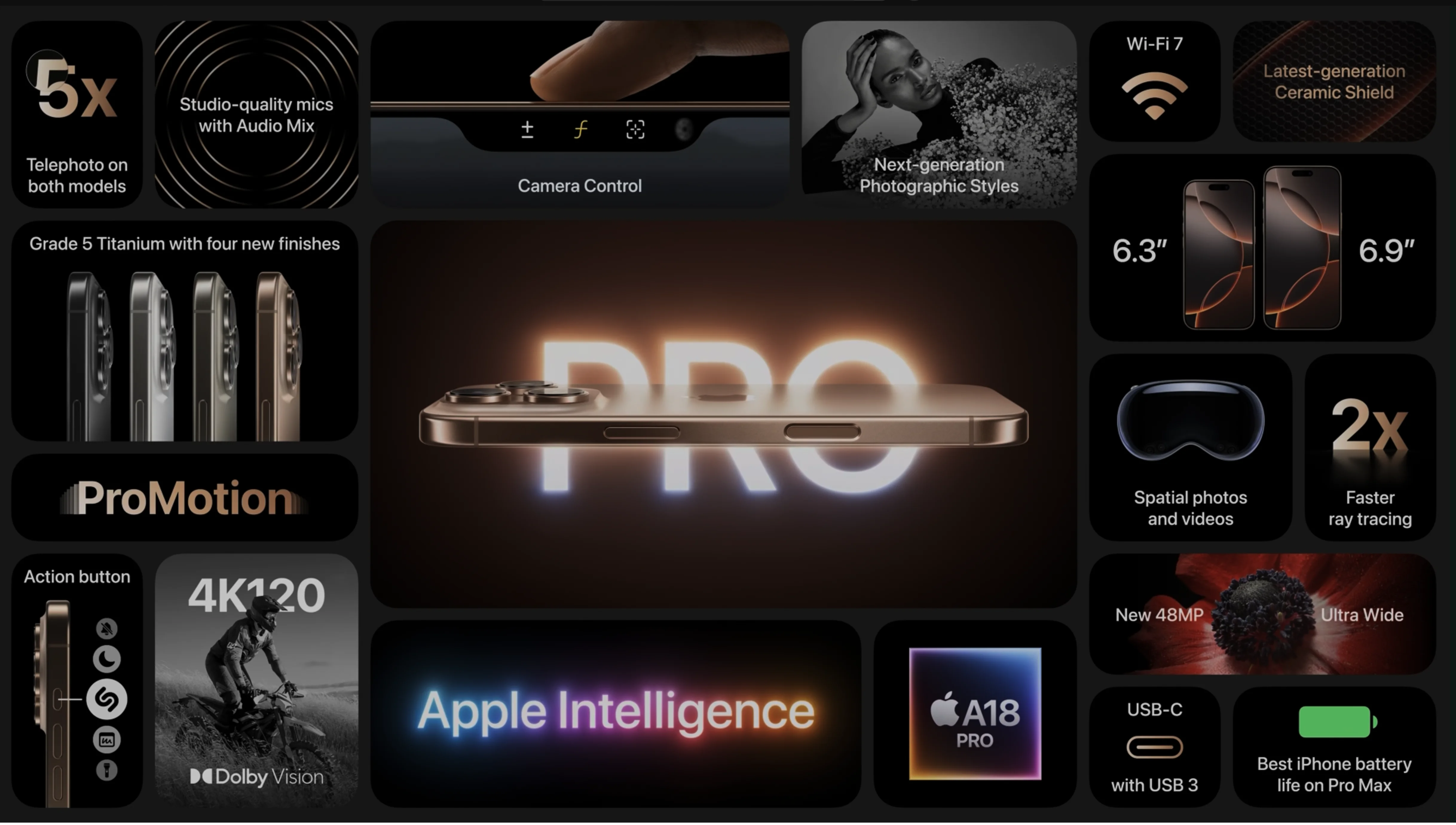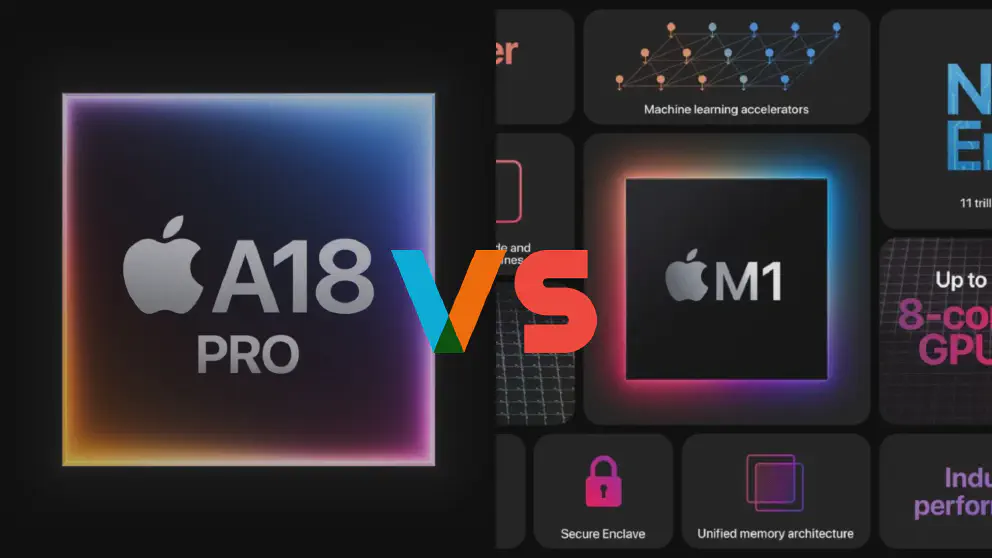As of today, you can find the M1 MacBook Air at Walmart for $599, despite Apple discontinuing that model some time ago. This peculiar situation raises questions about Apple’s strategy and product lifecycle. However, it highlights the enduring appeal of a design that dates back to 2010, which continues to satisfy user needs more than a decade later.
Now, there are emerging rumors suggesting that Apple is preparing to launch a new low-cost MacBook Air powered by the A18 Pro chip, which currently runs in the iPhone 16 Pro and iPhone 16 Pro Max. This raises an important question: can a chip designed for mobile devices meet the demands of a laptop in today’s world?
Comparing M1 and A18 Pro
To understand this potential, we need to compare the specifications of the existing M1 chip with those of the rumored A18 Pro:
| Feature | A18 Pro | M1 |
|---|---|---|
| Introduced | 2024 | 2020 |
| Manufacturing Process | 3nm | 5nm |
| Clock Speed | Slightly faster | - |
| Hardware Ray-Tracing | Yes | No |
| Media Codec Performance | Better | - |
| Memory Type | LPDDR5x | LPDDR4x |
| Design Base | Derived from M4 | - |
| Shader Cores | Less | More |
| Virtualization Support | - | Yes |
The A18 Pro benefits from a smaller manufacturing process and improved performance features. For instance, it supports hardware ray-tracing, has better media codec performance, and employs faster memory technology. While the M1 has its strengths, such as more shader cores and support for virtualization, the A18 Pro’s technological advancements cannot be overlooked.
Capabilities of the iPhone 16 Pro

To gauge the A18 Pro’s potential in a MacBook Air, it’s essential to assess the capabilities of the iPhone 16 Pro. It can effortlessly capture 48MP images and shoot 4K video using Apple’s RAW format. These tasks are executed seamlessly, even under battery constraints and without a dedicated heat sink, although it may experience thermal throttling.
While utilizing a USB-C dongle, the iPhone can display 4K content on external screens, demonstrating robust multitasking through a background tasks framework. Syntactic benchmarks reveal that the A18 Pro performs comparably to the M1, which is impressive considering the M1’s established usability.

Apple might consider a ‘Pro’ version of the A18 with beefier graphics cores, similar to its past strategy with the iPad Pro. Additionally, equipping this new MacBook Air with 16GB of memory seems likely, given Apple’s intelligence in optimizing performance.
Improving the Apple MacBook Lineup

As Apple continues to refine its MacBook lineup, there’s a pressing need to address the diversity of user needs. The introduction of a low-cost MacBook Air could be a pivotal move in capturing a broader market segment. Many users today seek simplicity, portability, and sufficient performance for daily tasks without unnecessary complexity or cost.
Incorporating the A18 Pro chip into a new MacBook Air aligns perfectly with this strategy. The focus should be on enhancing the user experience rather than overwhelming customers with advanced features that may be irrelevant for their needs. A sleek design, excellent battery life, and a user-friendly interface are vital components in attracting new customers, particularly students and casual users.
Moreover, Apple could consider reintroducing the 12-inch MacBook, addressing previous issues with underwhelming performance and the infamous butterfly keyboard. By enhancing this model with the latest technology, including a lightweight chassis and improved internals, Apple could create a compelling product that appeals to those who prefer a more compact laptop.
Addressing User Needs
A significant portion of the user base primarily uses MacBooks for basic tasks such as watching YouTube, streaming Netflix, browsing social media, and taking notes. For these users, a device powered by the A18 Pro is more than sufficient. Many would require only a USB-C port for charging and connecting peripherals.
The MacBook Air already boasts a proven design and a manufacturing line that has long recouped its initial investment. Apple’s strategy appears to be focused on appealing to a broader audience, including those who don’t need the full capabilities of a high-end MacBook Pro.
Conclusion
In conclusion, the potential introduction of the A18 Pro MacBook Air seems poised to cater to the everyday needs of a vast segment of Apple’s user base. With its powerful, efficient performance and price competitiveness, it stands to reinforce Apple’s position in the market. Whether you’re a casual user looking for basic functionality or someone who just wants a sleek device for streaming and social media, this upcoming MacBook Air could be the ideal solution.
Apple’s commitment to enhancing its MacBook lineup will undoubtedly come to fruition with products that not only meet but exceed the expectations of users in an increasingly competitive landscape.
Support this free website by visiting my Amazon affiliate links. Any purchase you make will give me a cut without any extra cost to you
| Base | Pro | |
|---|---|---|
| iPhones | iPhone 16 / iPhone 16 Plus - (Amazon) | iPhone 17 Pro / iPhone 17 Pro Max - (Amazon) |
| iPhone Accessories | Find them at Amazon | |
| Watch | Apple Watch SE (Amazon) / Apple Watch Series 11 | Apple Watch Ultra 3 (Amazon) |
| AirPods | AirPods 4 (Amazon) | AirPods Pro 3 (Amazon) / AirPods Max (Amazon) |
| iPad | iPad 10 (Amazon) / iPad Mini (Amazon) | iPad Air M3 (Amazon) / iPad Pro M5 (Amazon) |
| Laptops | MacBook Air M3 (Amazon) | MacBook Pro M5 (Amazon) / MacBook Pro M4 Pro/ M4 Max (Amazon) |
| Desktop | Mac Mini M4 / M4 Pro (Amazon) / iMac M4 (Amazon) | Mac Studio / Mac Pro |
| Displays | Studio Display (Amazon) | Pro Display XDR (Amazon) |
Other Ecosystem Items
Acknowledgement
During the writing process, Grammarly generated responses to the following AI prompts:
Prompts I wrote
- “with the points given, build a blog post convincing that the potentially upcoming Apple A18 Pro…”
- “i’ve added a section on improving apple macbook line up. rewrite the article with the previous…”
